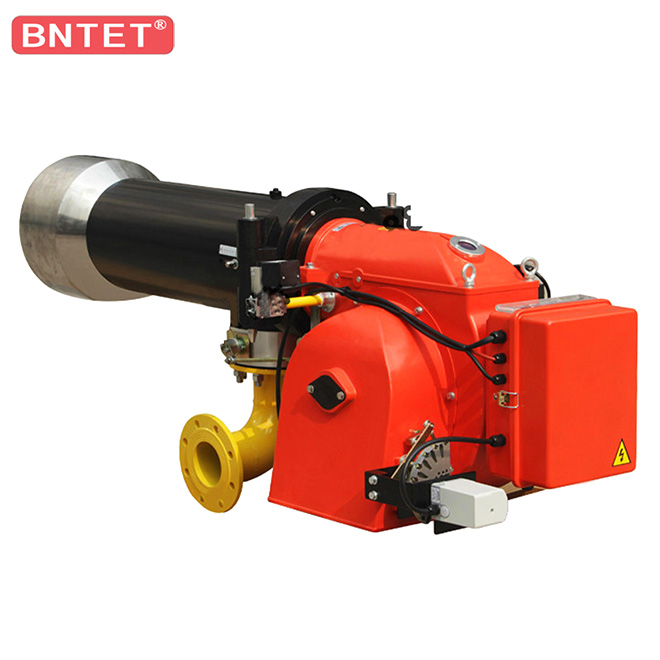
What kind of atomized combustion gas does the gas burner use? This question is a question of many users who use gas burners, so why do they need to be atomized? What is the purpose?
Regarding this issue, what we want to say is that the function of the burner is full combustion, so the main reason for the combustion is the amount of oxygen. The full mixing of combustible gas and air is the key issue of combustion. In addition to reducing harmful emissions after combustion, which is our most important issue of low nitriding, there is another one for safety.
Because the main fuels of gas burners are natural gas, liquefied petroleum gas, city gas and other combustible gases. These fuels are flammable and explosive dangerous gases. Safety should be paid attention to during use and storage, otherwise it will happen. Major safety incidents.
Boot operation
1. For the newly installed furnace body, carefully check whether the gas meets the requirements of the burner before debugging; check whether the detection instrument on the gas supply pipeline is normal and whether the pipeline valve is opened and closed normally, and whether it is convenient for future use and maintenance.
2. For newly installed pipelines, carefully check the installation reliability of all pipelines and the tightness of the pipelines.
3. Users who use a separate gasification station must ensure that the gas supply volume and gas supply parameters meet the requirements for safe combustion.
4. The operator carefully reads the equipment manual, and is proficient in safe operation knowledge and methods.
5. Check whether the gas valve is open every time before starting, otherwise the burner will not work.
6. Start the power control button on the control cabinet, and the digital display will display the current temperature in the furnace. The temperature of the newly installed furnace body is the ambient temperature.
7. Start the fan control button, and the fan installed on the furnace body will work. If the fan is damaged, the control cabinet will automatically be protected from entering the next operation.
8. When the combustion-supporting fan works without abnormal phenomena, restart the combustion control button. At this time, the combustion program controller starts to work. It uses certain procedures to perform ignition, air supply, flame detection, and other procedures to finally achieve safe combustion.
9. When the combustion controller receives a signal that is not conducive to combustion (for example: ignition failure, unstable air pressure, circuit problems) and other problems, the combustion controller immediately turns off the gas and sends out an alarm signal.
10. If the combustion controller alarms, it must be manually reset by the operator after the fault is resolved before it can continue to work.
11. For the operation of the entire equipment, the operator should refer to the furnace safety operating procedures and production process requirements.
12. When the control temperature needs to be adjusted according to the requirements of the production process, the operator should refer to the instructions of the intelligent numerical control table for adjustment.
Shutdown operation
1. There are two situations for shutdown: The first is: when the temperature in the furnace reaches the set value, it will automatically shut down. At this time, the operator does not need to do any operation. When the temperature in the furnace is lower than the set value, the controller will automatically turn on.
2. The second is: when manual shutdown and shift shutdown, the operator should follow the reverse order when starting up (a. first turn off the combustion control button, b. turn off the fan button, c. finally turn off the power button Twist) Operation shutdown.
3. In the case of a long shutdown time, the operator should close the gas pipeline valve to avoid gas leakage.







